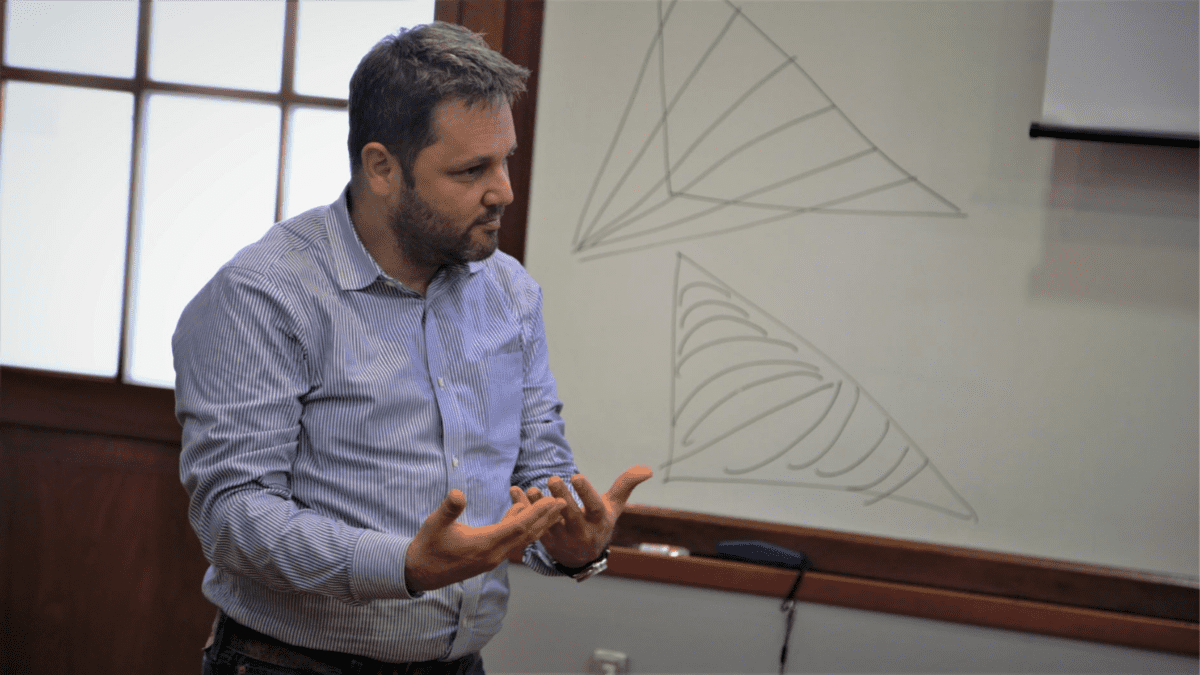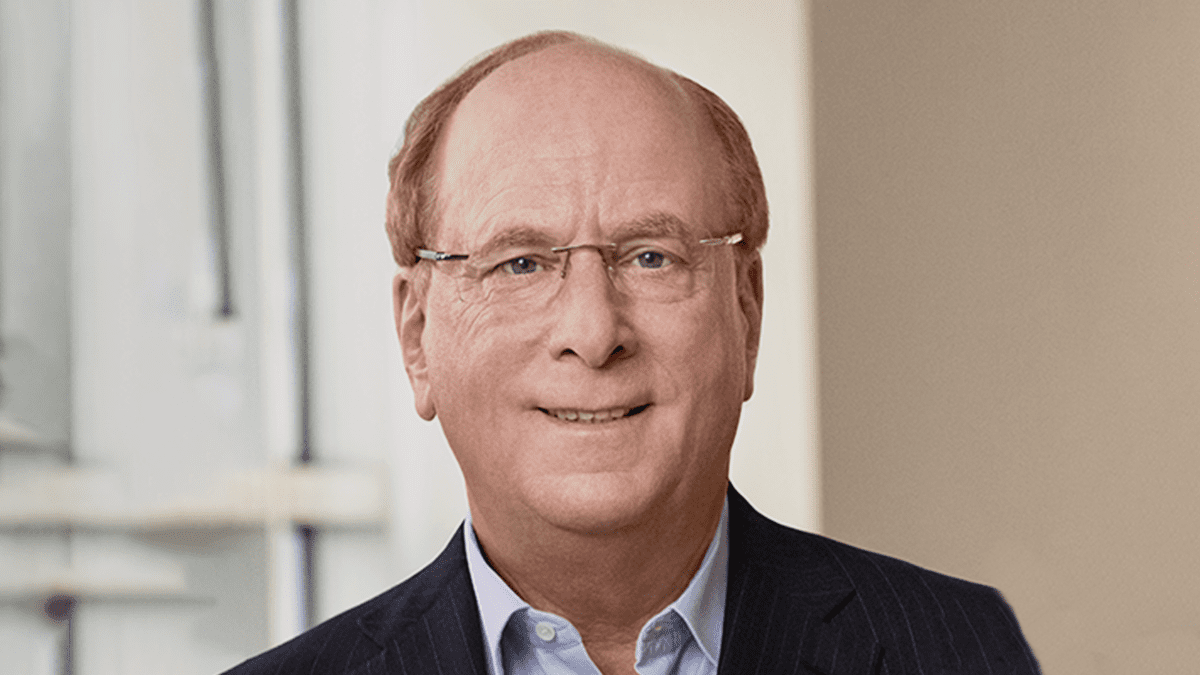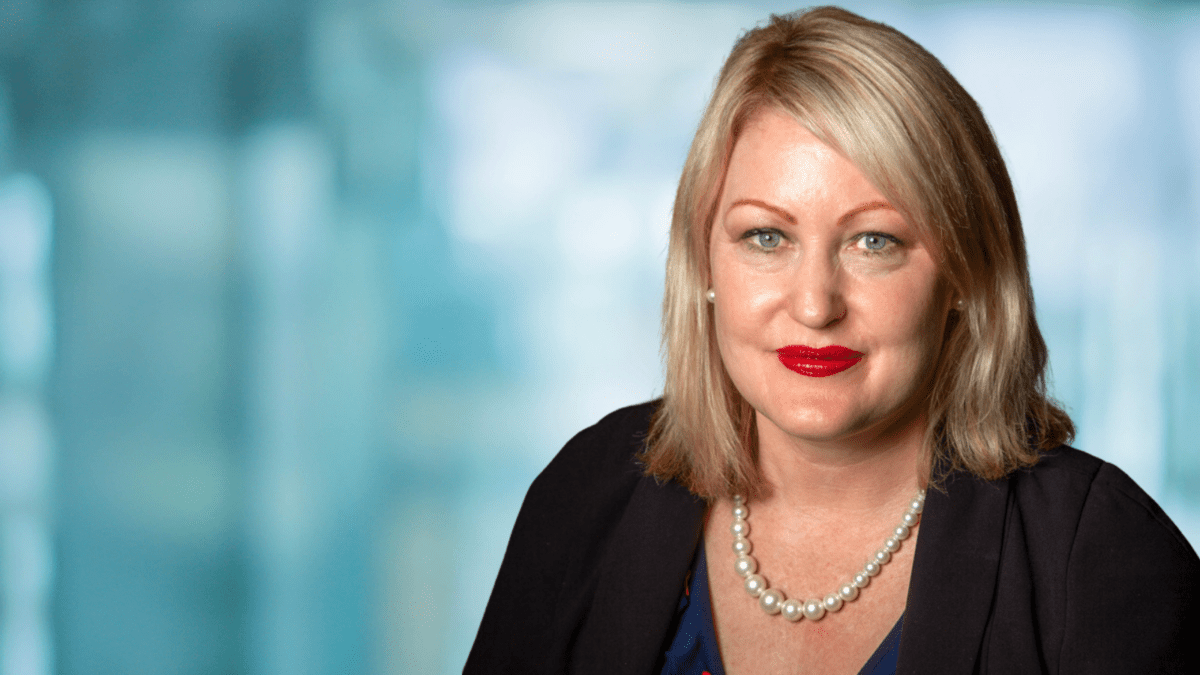Impact investing through public equity
Impact investments have remained a niche area within the sustainability/responsible investments space, and there are reasons for it. To carry the impact label, this type of investment has to meet a higher hurdle, which is usually expressed through three criteria:
- Intentionality – i.e., an upfront stated intention to have a positive social or environmental impact;
- Return expectations, ranging from market returns to a return of capital; and
- Impact measurement – a unique feature of impact investing, whereby an investor commits to measure and report the performance related to the stated social and environmental impacts/benefits and progress of underlying investments. The aim is to provide transparency, ensure accountability and inform the impact investing community.
So far, the majority of impact investments have been made through private equity markets. The “control nature” of private equity capital, its long time horizon and the ability to identify “pure-play impact” companies allow private equity managers to drive changes in the investee companies and gain access to data.
It has long been argued that it is difficult to implement impact strategies in public markets as most money is invested via “secondary trading” rather than contributing new capital to the economy. This raises a question of “additionality”; Is capital allocated by impact investors to public market companies really making a difference? Further, the ability to measure impact and outcomes due to the lack of consistent data and poor company disclosure as well as difficulties in assessing impact across often disparate business lines have been cited as the main obstacles to successful impact investing in public markets.
Melior (meaning “better” in Latin), an Australian equity manager with a mandate to invest in both Aussie and listed Kiwi stocks, has taken up this challenge. The company was established in 2018 by Tim King, a former Head of Company and ESG research at CFS GAM’s Australian Equities Fund and Lucy Steed, a former head of managed accounts and managed funds at BT. Rob Koczkar and Anthony Kerwick, founders of a private equity firm Adamantem, have provided the backing to the company. The fund was internally seeded and Melior opened its door to investors in July 2019.
At the centre of the manager’s philosophy is that purpose-driven companies with a positive impact, strong financials and ESG attributes should enjoy long term competitive advantages. Hence, the fund has a dual objective of achieving positive social and environmental impact and delivering competitive returns. In addition, a key element of the manager’s approach is changing company and investor behaviour through advocacy and engagement.
The team has designed the strategy from a blank sheet of paper deliberately considering and integrating the elements of best practice in impact and ESG investment throughout the entire investment process. No preconceived ideas about ethical criteria have played a role in the team’s thinking, with an over-arching aim to build a process that can deal with the complexities and nuances of impact investing in public markets.
They spent almost two years developing proprietary methodologies using a number of widely accepted frameworks and industry standards (SASB – Sustainable Accounting Standards Board, Impact Management Project, UN Sustainable Developments Goals [SDGs] etc.) and leveraging the team’s experience to align it with the vision for the fund. All research is done inhouse with impact, ESG and financial analyses conducted by team members. The result is a holistic and pragmatic, yet structured and disciplined approach.
Let’s look at the strategy through an “impact lens” and see how it meets the stated criteria and challenges.
Intentionality: The fund’s objective is clearly stated – to invest in companies with net positive environmental and social impact. To underwrite the impact thesis, the manager focuses both on “what” a company offers as well as on “how” it operates. The “what” part is solely centred on the impact, while the “how” part integrates ESG analyses.
For impact assessment, Melior uses 17 actionable investment themes (education, health, renewable energy, nutrition, etc) derived from the UN SDG framework and its sub-goals. The starting point in the process is an assessment of the alignment of companies’ core products and services with the SDG sub-goals using several metrics. A company earning more than 5% of its revenue from one of the typical “sin” sectors (thermal coal, tobacco manufacturing, alcohol manufacturing, etc) will be excluded.
However, the manager will perform additional assessments for the companies passing these criteria, including whether it is a distributor or service provider with material exposures to the excluded sectors. This is assessed on a case-by-case basis.
For example, while Woolworths does not manufacture tobacco, it does derive revenue from the sale of tobacco products. While the % revenue is not disclosed, Melior’s deep research indicates that its tobacco revenue not only significantly exceeds 5% of revenue, but that Woolworths is one of the biggest distributors of tobacco in Australia. It is therefore excluded. Also, the manager would not automatically rule out investments in non-renewable materials such as lithium, copper or nickel-producing companies, materials that are critical for enabling renewable energy such as batteries for electric vehicles. These are seen as positively contributing to some of the SDGs such as affordable and clean energy.
Companies are scored on a -10 to +10 scale considering several impact dimensions and their likely changes though time. These are mapped to the investable themes and a net impact score is determined. Only companies with the net positive score will be considered for further analysis in which ESG assessment is carried out – typically about 220.
Here too, Melior uses a proprietary multi-factor ESG tool with a mix of comprehensive qualitative and quantitative factors to assess companies’ operational ESG factors and identify material issues and risks. Companies that rank highly on the ESG score within the large-cap and small-cap cohort and the ones that exhibit positive momentum in the score will proceed to the financial analysis – typically around 110.
Return expectations. To identify companies with the highest return potential, the team developed and uses its inhouse financial assessment framework. Companies are assessed and ranked using the style indicators, quality and financial strength. The resultant valuation ranking informs the analysts’ conviction rating, which drives portfolio construction. Typically, the portfolio will have between 20 – 50 holdings with the majority being in large and mid caps. Turnover is expected to be very low, averaging around 15% per annum. While the manager claims the strategy is style-agnostic, by its design and a strong focus on quality, the portfolio is likely to have a growth bias.
The manager’s stated objective is to outperform the S&P/ASX 300 Total Return Index net of fees over a rolling 7-year period. While the track record is very short, so far the manager has outperformed the objective with a wide margin.
Impact measurement: In the impact assessment stage, the team outlines relevant KPIs for each of the companies with positive net scores, connecting companies’ activities with expected outcomes, as well as opportunities for engagement and advocacy. These are tracked with Melior reporting regularly key ESG portfolio KPIs vs the ASX300 benchmark, as well as their proxy voting and engagement activities.
Based on the above analysis, the Melior fund gets a tick of approval for meeting the impact investing label. In spite of ongoing challenges and debates about what qualifies as true impact investing, the Melior team has demonstrated that by thoughtful design and good execution, impact strategies can be made available to a larger set of investors who are keen to use their money to drive positive changes.









